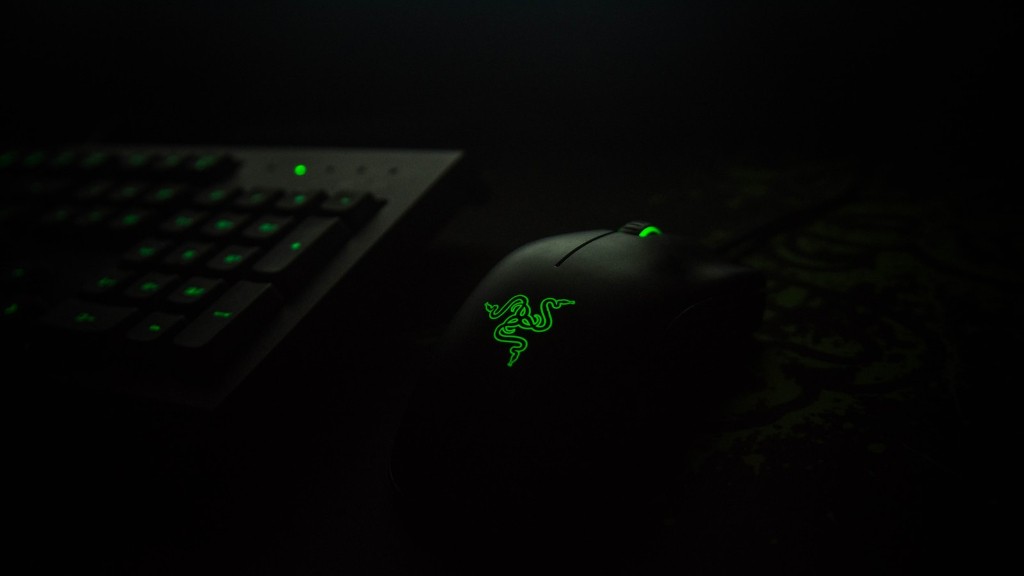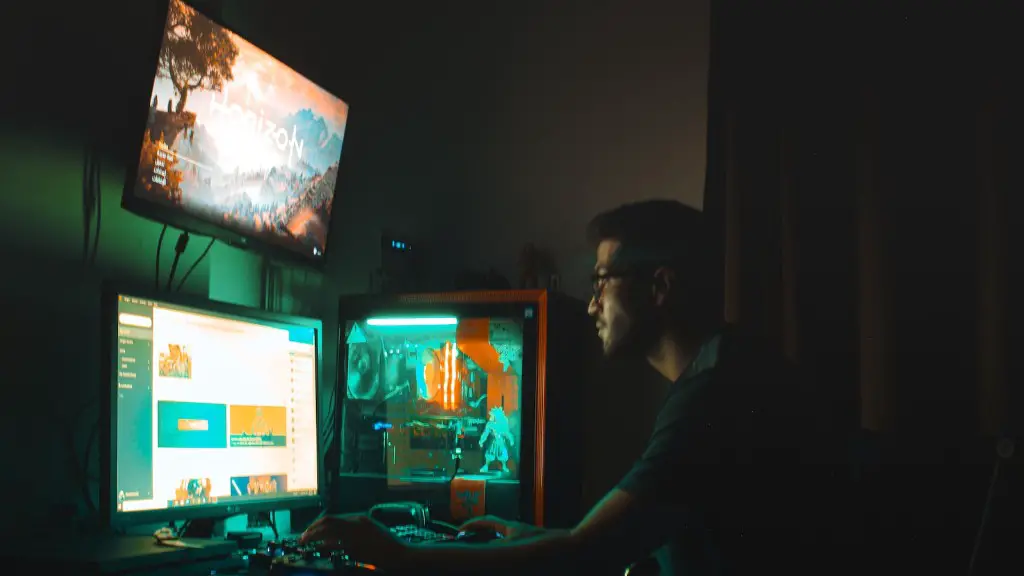Gaming monitors come in all shapes and sizes, and picking the right one to complement your gaming needs can be difficult. One of the first things to consider is what types of games you are playing and how you want to play them. Different types of games demand different types of monitors, so it’s important to do your research. There are a lot of different factors to consider when choosing a gaming monitor, such as resolution, refresh rate, response time and G-Sync or FreeSync. To help make your decision easier, here are some tips for choosing the right gaming monitor for you.
Screen Resolution
One of the most important things to consider when choosing a gaming monitor is the resolution. The standard resolution for monitors today is 1920 x 1080, known as Full HD. This is fine for most gaming needs, as this resolution will provide clear visuals with most of today’s AAA games. However, you may want to get a monitor that can support higher resolutions if you often play graphically demanding games. The higher the resolution, the better the graphics.
Refresh Rate
Another important factor to consider when choosing a gaming monitor is the refresh rate. This is the number of times the monitor refreshes the image on the screen each second. Most gaming monitors come with a refresh rate of 60Hz, but some offer higher refresh rates of 144Hz or even 240Hz. The higher the refresh rate, the smoother and more responsive the gaming experience. High refresh rates also help reduce input lag, making for a better gaming experience.
Response Time
You also want to consider the response time of a monitor. This is the amount of time it takes for a pixel to change from one color to another. A lower response time means that the monitor can refresh the image more quickly and accurately, resulting in a smoother and more responsive gaming experience. Monitor response time is usually measured in gray-to-gray (GTG) milliseconds, and lower is better.
G-Sync and FreeSync
G-Sync and FreeSync are two technologies that allow for smoother gaming performance on monitors. G-Sync and FreeSync synchronize the refresh rate of the monitor with the frame rate of the game, resulting in a smoother gaming experience with reduced input lag. Some monitors also come with HDR (high dynamic range) support, allowing for improved contrast and more lifelike colors. Whether you opt for G-Sync or FreeSync, make sure you check the specs to make sure your monitor is compatible with your system.
Budget & Price
Budget is another important consideration when looking for a gaming monitor. High-performance monitors can often be expensive, but it pays to do your research and find the right balance between performance and price. Look for a monitor with the features and specs you need without breaking the bank. If you don’t need the latest and greatest features, you can often find good deals on used or refurbished monitors.
Size
Finally, you want to consider the size of the monitor you need. If you play competitive games, a larger monitor typically provides better visuals, as it allows for greater detail onscreen. If not, a smaller monitor may be just as good, and it will take up less space on your desk. Just make sure you pick the right size for your needs.
HDMI Connectors
When choosing a gaming monitor, it’s also important to consider the type of connections you need. Most modern monitors use HDMI connections for video and audio. HDMI connectors are the most common type of connection, and most gaming systems support it. However, some monitors also come with DisplayPort connections, which are designed for high-performance gaming. Make sure the monitor you choose has the connections you need to connect to your gaming system.
1080p vs 4K
1080p is the standard resolution for monitor displays, and is often considered sufficient for gaming purposes. 4K displays offer higher resolution, but may not be necessary for gaming. The higher resolution of 4K monitors may make for a more immersive experience, but it also requires more powerful hardware to take full advantage of the higher resolution. If you’re looking to take your gaming to the next level, a 4K monitor may be worth considering.
Input Lag
Input lag is the amount of time it takes for the monitor to display a response to information sent by your system. If the input lag is too high, you may find yourself at a disadvantage in competitive games. Monitor manufacturers usually list their input lag times, so make sure to check this information before you make a purchase.
Adaptive Sync
Adaptive Sync technology helps reduce input lag by synchronizing the refresh rate of the monitor with the frame rate of the game. It also helps reduce stuttering and screen tearing, making for a smoother gaming experience. If you’re looking for the best possible gaming experience, a monitor that supports Adaptive Sync could be worth considering.

